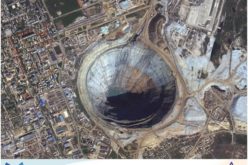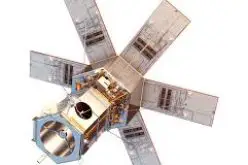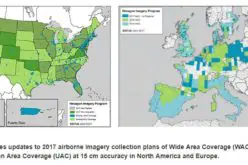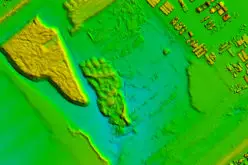The University of Nairobi Hands the First KiboCUBE CubeSat over to JAXA Under UNOOSA-JAXA KiboCUBE Programme
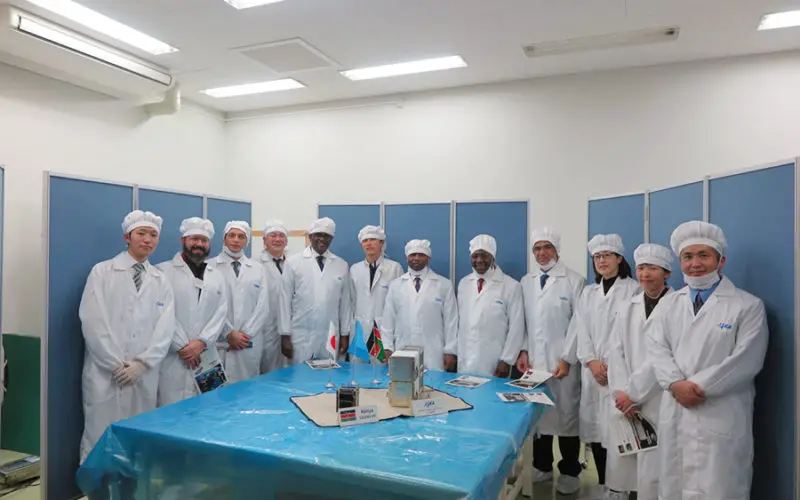
January 19, 2018 – On January 16, 2018, at the JAXA Tsukuba Space Center, the team from the University of Nairobi handed over to JAXA their first KiboCUBE CubeSat, 1KUNS-PF (1st Kenyan University Nano Satellite-Precursor Flight) which was developed by the team. Under the KiboCUBE programme between the United Nations Office for Outer Space Affairs (UNOOSA) and JAXA, 1KUNS-PF is the first CubeSat selected to be deployed from Kibo, the Japanese Experiment Module of the International Space Station (ISS). Preparation is underway to reach the deployment timeline, sometime this spring.
Through KiboCUBE, the capacity-building initiative that UNOOSA and JAXA launched in September 2015, both organizations cooperate to offer opportunities to deploy CubeSats from the Kibo module. This dedicated collaboration is designed to improve space technology of the developing countries of the United Nations member states. In August 2016, 1KUNS-PF was selected jointly by UNOOSA and JAXA for the first round of KiboCUBE programme, and is the first satellite to be developed and operated by Kenya.
Deployment Schedule, 1KUNS-PF
- January 16, 2018: 1KUNS-PF handed over to JAXA
- Around March 2018: launch to the ISS
- Spring timeframe 2018: deployment from Kibo with a robotic arm
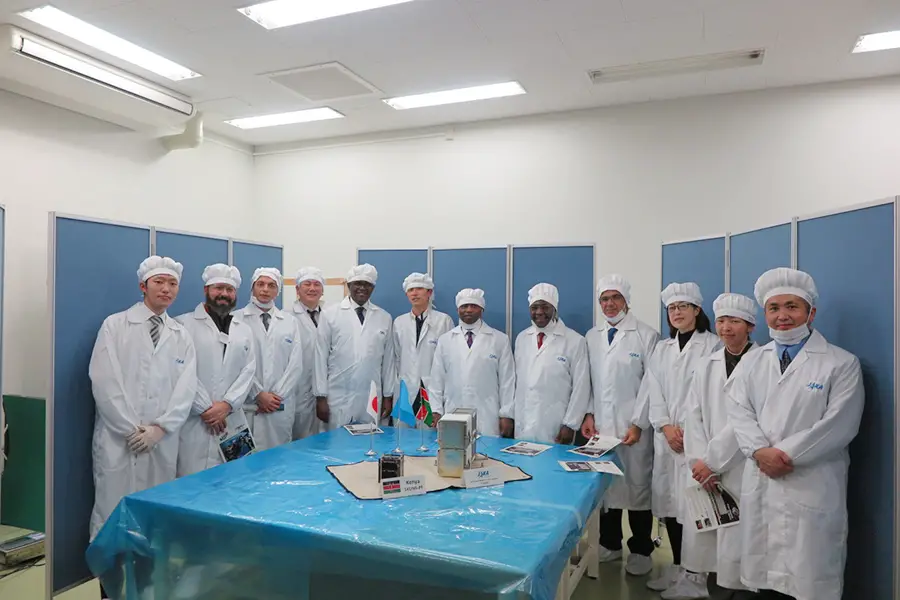
Handover of first KiboCUBE CubeSat developed by the team from the University of Nairobi
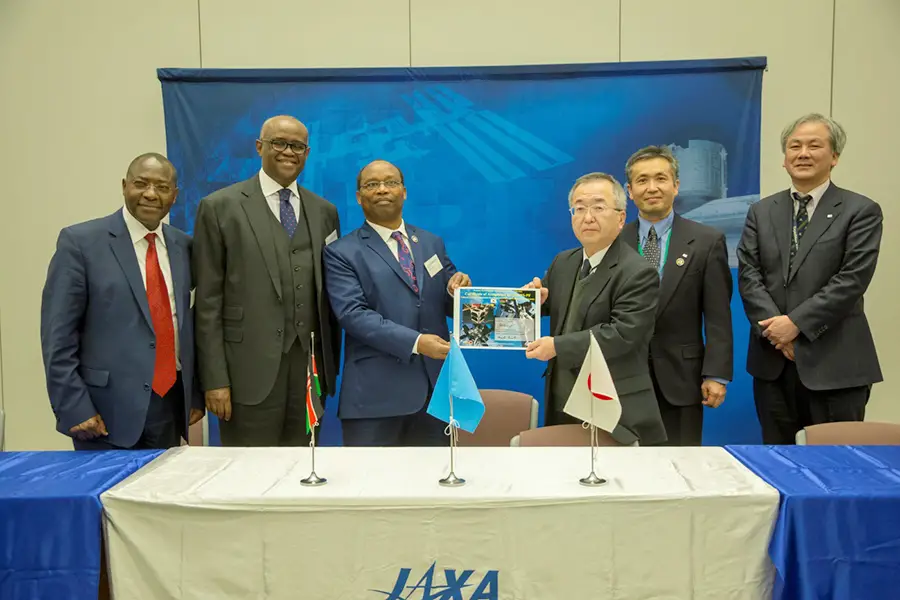
Officials from Kenya receiving the handover acknowledgement from JAXA Officials
(From left) Dr. John Njoroge Kimani, Lead scientist/coordinator of Kenya Space Agency / H.E. Mr. Solomon K. Maina, Ambassador Extraordinary and Plenipotentiary for Embassy of the Republic of Kenya in Japan / Prof. Jackson Mwangi Mbuthia, Professor of University of Nairobi / Mr. Kazuyuki Tasaki, Director for JEM Utilization Center of JAXA / Dr. Koichi Wakata, ISS Program Manager of JAXA / Mr. Masazumi Miyake, Director for International Relations and Research Department of JAXA.
The Kibo is equipped with a special airlock system and robotic arm; hence a small satellite can be released to space from it by utilizing the Kibo’s distinct functions. Satellite deployment capability is the Kibo’s unique feature on the ISS.
Small satellites can be manufactured at low cost and by utilizing relatively simple technology; therefore that can be useful for education, communication, disaster mitigation, and human resource development. With the agreement for collaboration this time, we can provide an opportunity for using space and verifying technology there to countries that do not possess the capacity to launch satellites.
Source: JAXA




